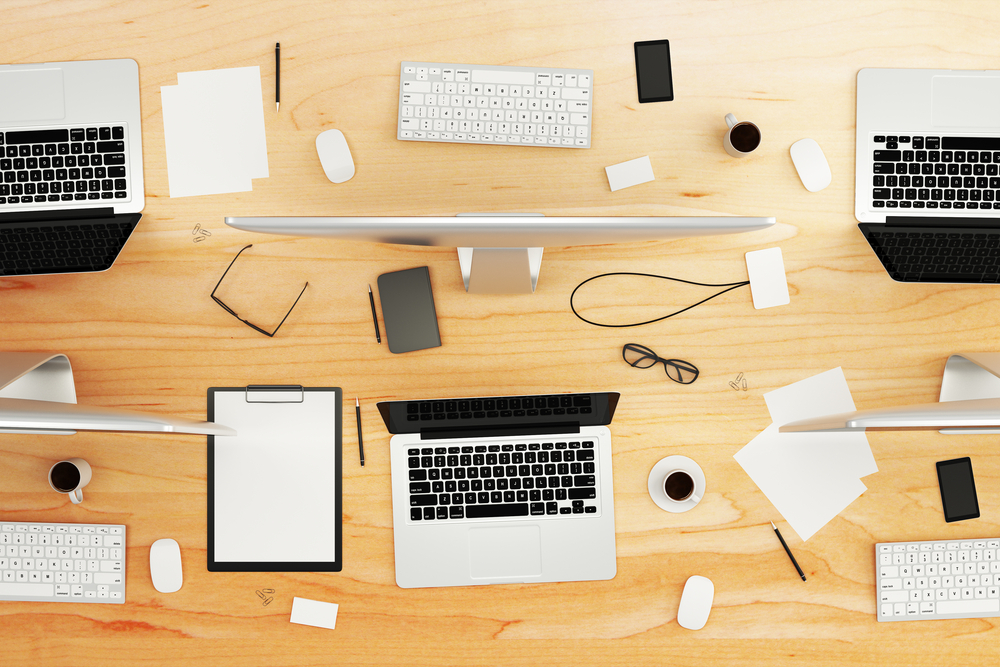Work Smart with Computer Accessories and Peripherals
Today, we are in the digital era—working without computers, mobiles and the Internet is very feasible. We all need a smarter approach and lightning fast speed to attain success. The computer plays an important role in the digital world. But it is insignificant unless supported with important accessories and peripherals. So, it is very important to make the right choice for computer accessories and peripherals for the proper functioning of your device.
What are computer accessories and peripherals?
Your computer is made up of three parts, viz C.P.U, motherboard and the computer chassis. All the other parts including your keyboard and mouse are computer accessories and peripherals.

Hence, computer accessories and peripherals can be defined as those supplementary components that advance the capability of the computer, without any kind of modification in its core elements. They are divided into two categories:
Standard computer accessories and peripherals
These are the important accessories required for operating your device. Eg – keyboard, mouse, RAM, ROM, etc.
Additional computer accessories and peripherals
These are the external devices attached to your system to enhance the functionality of your device. Eg – printer, scanner, projector, speakers, etc.
Types of computer accessories and peripherals
There are four types of computer accessories and peripherals. These are as follows:
Input peripherals
The devices used to add text or commands to the computer are called input peripherals. For instance, the keyboard is used to add a command to your computer in the form of text. These texts convert into a computer programming language allowing your system to understand and give the proper output. Examples of input peripherals – keyboard, scanner, and mouse.
Output peripherals
The devices that allow you to get the result of your command are known as output peripherals. For instance, if you enter any text on your computer, where do you see the result? Of course, it’s the computer screen that allows you to scrutinize the activities on your device. Hence, the computer screen is an output peripheral. Examples of output peripherals – computer screen, speakers, printer, web camera, etc.
Input-output peripherals
These are the devices that can be used as both input as well as output peripherals. Consider an external hard drive. It is used for storing data and can be used either to copy the data from your drive to the computer system or from your computer system to the drive for backup. Examples of input-output peripherals – USB, hard drive, flash drive, DVD, CD, etc.
Business peripherals
The devices which are optional and generally used for industrial or business purposes are known as business peripherals. For example, a projector is generally used in offices or schools/colleges for presentations. It is of none or little use for home purposes. Examples of business peripherals – projector, laser printer, photostat machine, drawing pen, etc.
3 important points of consideration
It is important to choose your computer accessories and peripherals smartly. This prevents useless expenditure and allows you to get what better suits the functionality of your device. The below-mentioned points may help you in choosing the right peripheral for your device.
Requirement
It is important to consider your requirements when buying your computer accessories and peripherals. So, if you are buying peripherals for personal use, it is better to buy a cheaper one. Eg – for watching movies or videos, you may get yourself a pair of earphones or headphones instead of speakers.
Budget
Consider your budget while buying computer accessories and peripherals. Extravagant accessories and peripherals are not the only solutions. You may save some money by buying the same thing at a lower rate. There may be some difference in the features; so always consider the features that suit your needs. Eg – for storing pictures or movies, you may buy a hard drive with comparatively lesser storage capacity, at a cheaper rate.
Support
Whenever choosing your computer accessories and peripherals, you must first see whether it supports your device or not. For example, if you are running a Windows PC, you need not buy a device with iOS supporting features.

